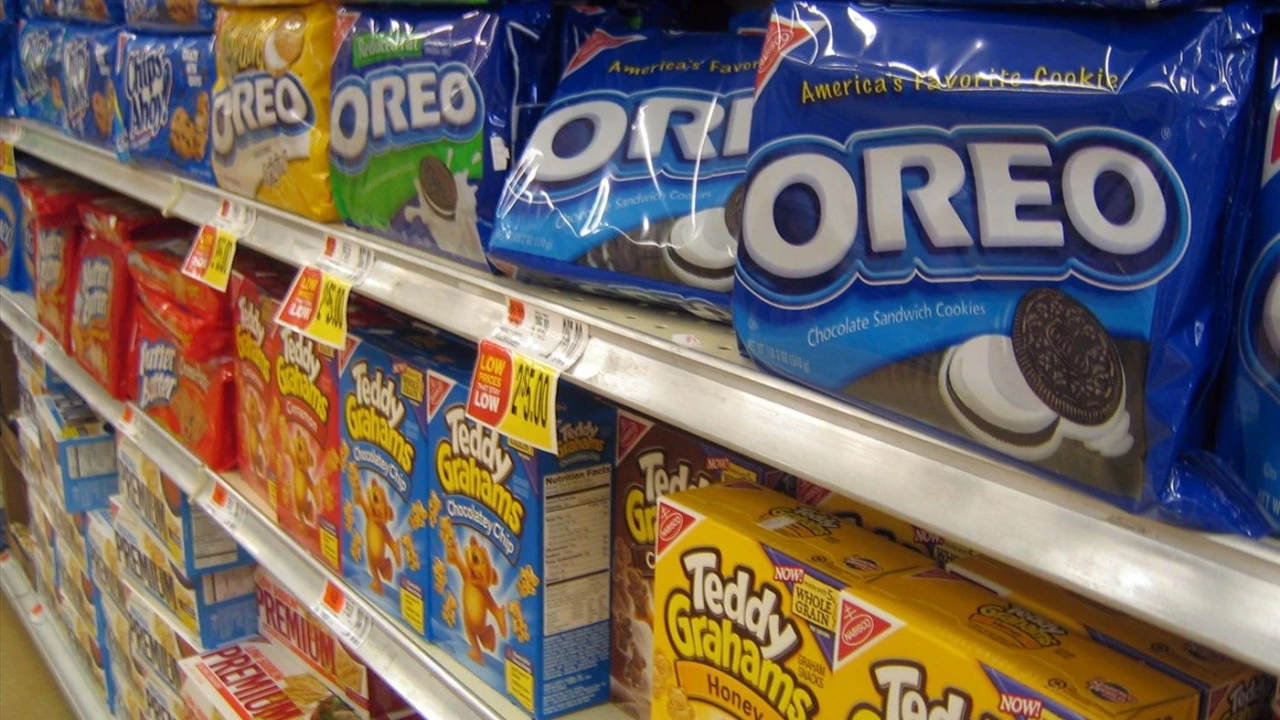The Supplemental Nutrition Assistance Program (SNAP) is the country’s largest nutrition assistance program, sending more than 22 million low-income households an average of $490 per month to help them afford healthier diets. Though research shows that SNAP effectively reduces hunger, a more pressing concern has become the quality of food purchased by SNAP households, not the quantity. SNAP lacks nutrition standards, placing essentially no restrictions on the types of foods that households can purchase with benefits. The result? SNAP households use a large share of benefits to purchase unhealthy foods, leading to poor diet quality, disease, and premature deaths among SNAP participants.
The problem of obesity and diet-related disease in America has long been a public health crisis — a problem the pandemic only worsened. Alarmingly, 40 percent of adults and 20 percent of children in the U.S. are obese, and low-income groups suffer disproportionately. According to the Centers for Disease Control and Prevention (CDC), obesity increases the risk of developing severe diseases and health conditions, such as heart disease, diabetes, stroke and mental illness, raising the prospect of even worse health among Americans over the long term.
America’s obesity problem is bigger than SNAP, but SNAP undoubtedly plays a role. SNAP’s unique status as a strictly food benefit, along with its tremendous reach, means that the program has immense potential to improve nutrition among low-income Americans. By adding nutrition standards, SNAP could alter the dietary habits of low-income households fundamentally, catalyzing improved diets for them, as well as populations higher up the income scale, through an emphasis on good nutrition.
However, recent comments by Thomas Vilsack, secretary of the Department of Agriculture (USDA), reflect an unwillingness by the USDA to meet these challenges. The USDA oversees SNAP and, at a recent House Appropriations Committee meeting to review the 2024 USDA budget, Rep. Andy Harris (R-Md.) asked Vilsack directly: “Are there any efforts in the SNAP program to restrict what can be purchased on that program, to allow for, perhaps, educating the American public about what constitutes bad food or good food, like the WIC program does, which you also oversee?”
Vilsack responded: “We basically have an education component of SNAP that does just that. We also provide incentives for healthy choices.”
Vilsack also said “it is important to understand [that] what we are not trying to do is stigmatize people who are struggling financially,” implying that placing nutrition standards on SNAP purchases somehow would increase stigma. (Notably, obesity stigma is likely a much larger problem than SNAP stigma.) Vilsack said the USDA wants to “trust the consumer” to make good dietary choices.
What Vilsack failed to mention, however, is the ineffectiveness of SNAP’s nutrition education program and its healthy incentives. He should know, because he oversaw SNAP as the USDA secretary under President Barack Obama from 2009-2016, before returning to the helm in 2021 under President Biden. Despite Vilsack’s tenure at the USDA, the diet quality of SNAP adults has only worsened during his time there, and the obesity rate among U.S. adults rose from 33.7 percent in 2007-2008 (the year before his original appointment) to 42.4 percent in 2017-2018 (the most recent year of data).
According to government reports, SNAP’s nutrition approach has done nothing to change these trends. The Government Accountability Office (GAO) reported in 2019 that SNAP’s nutrition education program lacked evidence of effectiveness, and an evaluation by the USDA found that the healthy incentive program referenced by Vilsack did not reduce unhealthy food purchases, even though it marginally increased fruit and vegetable purchases.
The USDA’s decision to “trust the consumer” is also problematic. Should the federal government knowingly subsidize unhealthy diets and poor health in the name of consumer choice? Other federal food programs do not operate in this way. In fact, schools participating in the National School Lunch Program must meet federal nutrition standards that align with the Dietary Guidelines for Americans, and the USDA sets federal regulations for eligible foods in the Supplemental Nutrition Program for Women, Infant, and Children (WIC) program. In these programs, the USDA accommodates consumer choice within a framework of good nutrition. It should do the same with SNAP.
Congress needs to acknowledge the inadequacy of SNAP’s current nutrition approach and the USDA’s failure to meet the gravity of the public health crisis we face. Congress is debating SNAP’s reauthorization as part of the 2023 Farm Bill. Congress should use this as an opportunity to establish nutrition standards in SNAP, authorize restrictions of unhealthy foods, and compel retailers to market healthy foods to consumers.
Angela Rachidi is a senior fellow and the Rowe Scholar in poverty studies at the American Enterprise Institute, where she studies poverty and the effects of federal safety-net programs on low-income people in America.
Congress must address SNAP’s contributionto poor health




